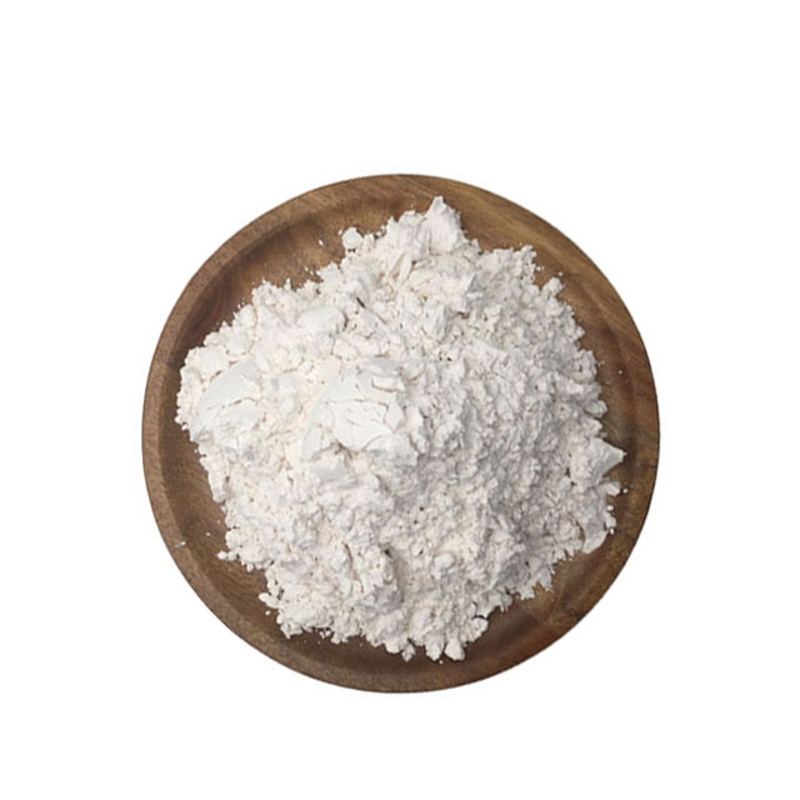-
Categories
-
Pharmaceutical Intermediates
-
Active Pharmaceutical Ingredients
-
Food Additives
- Industrial Coatings
- Agrochemicals
- Dyes and Pigments
- Surfactant
- Flavors and Fragrances
- Chemical Reagents
- Catalyst and Auxiliary
- Natural Products
- Inorganic Chemistry
-
Organic Chemistry
-
Biochemical Engineering
- Analytical Chemistry
- Cosmetic Ingredient
-
Pharmaceutical Intermediates
Promotion
ECHEMI Mall
Wholesale
Weekly Price
Exhibition
News
-
Trade Service
Iron death (ferroptosis) is a form of iron ion-dependent programmed cell death.
Studies have shown that there are multiple defense systems against iron death in cells, the most classic of which is mediated by glutathione peroxidase 4 (GPX4), which specifically catalyzes lipid peroxides through GSH to inhibit iron Death occurred.
The newly discovered iron death inhibitor FSP1 reduces ubiquinone (CoQ) to dihydroubiquinone (CoQH2) on the cell membrane.
On May 12, 2021, the team of Professor Boyi Gan from MD Anderson Cancer Center in the United States published a research paper titled: DHODH-mediated ferroptosis defence is a targetable vulnerability in cancer in Nature.
This study found for the first time an iron death defense system that does not depend on glutathione (GSH) located in the mitochondria, and has important hints for cancer treatment.
Dihydroorotate dehydrogenase (DHODH) on the inner mitochondrial membrane plays an important and previously unknown role in preventing iron death.
Professor Gan Boyi from the Department of Experimental Radiation Oncology at MD Anderson Cancer Center is the corresponding author of the paper, and Dr.
Mitochondria are organelles surrounded by two layers of membranes, inner and outer membranes, and are the main place for aerobic respiration.
This study found that in addition to synthesizing pyrimidine nucleotides, DHODH can also inhibit iron death in mitochondria by producing CoQH2 in the inner mitochondrial membrane.
First, the research team conducted a non-targeted metabolomics analysis of cells treated with GPX4 inhibitors and found that the pyrimidine synthesis pathway may be linked to iron death.
More interestingly, the DHODH inhibitor Brequinar (BQR) induced iron death in cells with low expression of GPX4, while BQR treatment in cells with high expression of GPX4 significantly increased the sensitivity of cells to iron death.
Mechanism studies have confirmed that DHODH can only exert its function of inhibiting iron death when it is located in the mitochondria, and this function depends on its enzyme activity.
In vivo experiments, through nude mouse tumor formation and human tumor xenograft (PDX) models, it was confirmed that inhibition of DHODH can induce iron death and inhibit tumor growth in solid tumors with low GPX4 expression, while iron in high expression GPX4 solid tumors The death inducer sulfasalazine combined with BQR has a good therapeutic effect.
In general, this study proposes that there are at least three iron death defense systems based on different subcellular localizations in tumor cells: cytoplasm and mitochondrial GPX4, FSP1 on the cell membrane, and DHODH on the inner mitochondrial membrane; in the case of mitochondria, DHODH and mitochondrial localized GPX4 constitute the main iron death defense system.
Original source:
Original source:Mao, C.
DHODH-mediated ferroptosis defence is a targetable vulnerability in cancer.
Leave a message here







